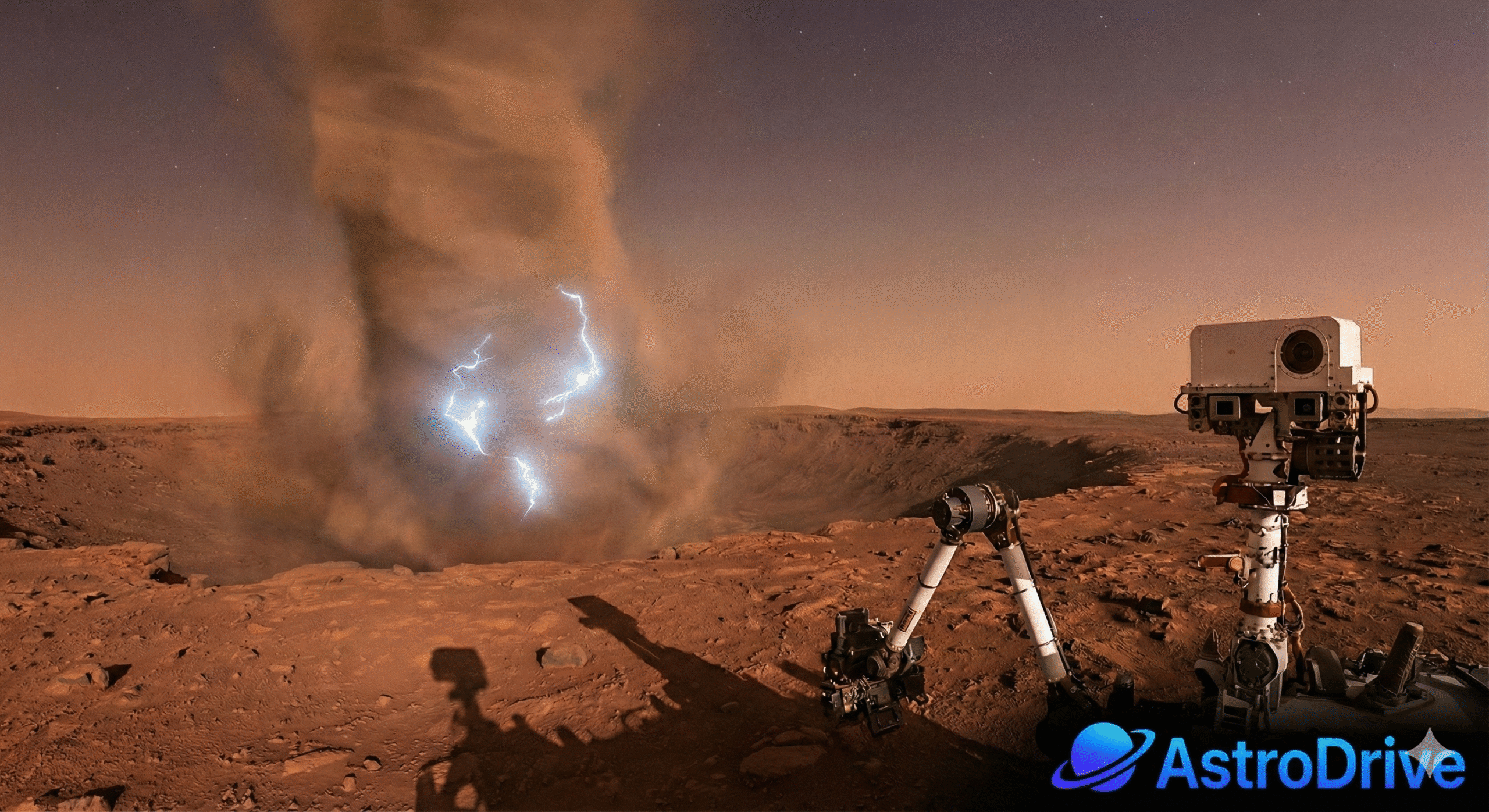SpaceX Dragon Cargo Launch to ISS: Falcon 9 Set for Liftoff and Docking

Falcon 9 and Dragon Ready for Launch
The SpaceX Falcon 9 rocket with the Dragon cargo spacecraft has reached its launch pad at Cape Canaveral Space Force Station in Florida. Liftoff is set for no earlier than 2:45 a.m. Sunday. Following launch, Dragon is expected to dock with the International Space Station’s Harmony module at 7:30 a.m. Monday. Carrying more than 5,000 pounds of science, supplies, and hardware, the vehicle will support the Expedition 73 crew. In addition, NASA+ will provide live launch coverage beginning at 2:25 a.m. Sunday, while docking coverage starts at 6 a.m. Monday.
Crew Preparing for Dragon’s Arrival
On Monday, NASA Flight Engineers Mike Fincke and Jonny Kim will monitor Dragon’s automated approach and docking sequence. Once the spacecraft is secured, Fincke will open the hatch and begin four months of cargo operations. To prepare, he and Kim joined Zena Cardman of NASA and Kimiya Yui of JAXA on Friday. Together, the astronauts reviewed the mission profile and practiced procedures for unpacking and stowing Dragon’s cargo.
Human Research and Experiments
Meanwhile, scientific studies continued across the station. Kim focused on the CIPHER investigation in the Columbus laboratory. During the experiment, he attached electrodes and scanned his thigh artery with an ultrasound device while doctors on Earth monitored the data in real time. This study is expected to advance understanding of the cardiovascular system in space and improve long-term astronaut health monitoring.
Fincke, on the other hand, set up high-definition cameras and a motion capture system inside the Tranquility module. He then performed exercises on the Advanced Resistive Exercise Device as part of the ARED Kinematics investigation. Because the study examines how bones and muscles adapt to workouts in microgravity, its findings could strengthen astronaut training in orbit and rehabilitation practices back on Earth.
Cardman and Yui’s Science Duties
Later in the day, Cardman and Yui resumed their science and maintenance tasks after a lighter morning. Cardman completed a robotics test for the cognitive section of the CIPHER study, then installed cameras on a spacesuit helmet serviced earlier by Fincke. At the same time, Yui worked in the Kibo laboratory, replacing fuel bottles for combustion experiments. Before wrapping up, she also stowed the exercise hardware Fincke had used during his workout.
Work in the Russian Segment
Research also continued in the Russian modules. Commander Sergey Ryzhikov and Flight Engineer Alexey Zubritsky examined how microgravity affects blood vessel cells and blood flow. Afterwards, they inventoried tools and cleaned ventilation systems. Meanwhile, Flight Engineer Oleg Platonov downloaded Earth imagery of Southeast Asia and Australia captured overnight. He then shifted to the Nauka science module, where he replaced orbital plumbing components to finish his shift.



I’ve been following your blog for quite some time now, and I’m continually impressed by the quality of your content. Your ability to blend information with entertainment is truly commendable.
Damn… is this GOOD
zemznudvtmffkzkvjjflkmpodemjdz
Downloaded the 922betapp the other day. Pretty convenient to have it on my phone. Gameplay is smooth and quick. I’d say give it a shot if you prefer mobile gaming: 922betapp
Alright, folks, tried out k8app the other day. Not gonna lie, pretty smooth experience! Lots of games to choose from, and the app itself runs like a dream. Definitely worth checking out if you’re looking for something new. Quick payouts too, which is always a plus! Hit them up at k8app.
Alright, I spent some time on 15win40. Pretty straightforward site, found what I was looking for easily. Solid selection and decent payouts. Could be better, but it’s worth a shot. Go check 15win40 out!
Thinking of becoming a Betvisa affiliate…anyone have experience with betvisaaffiliate? Heard the commission is decent. Thinking of trying it out. Check out the details here: betvisaaffiliate
Alright everyone, I wanted to come and show you 9dbetbr, I think it is a great option to bet safely with all your friends. It is such a safe website, check it yourself and see: 9dbetbr.
Fabet Snowsell, ok, sounds interesting and unique, is it trustworthy? See for yourself: fabetsnowsell